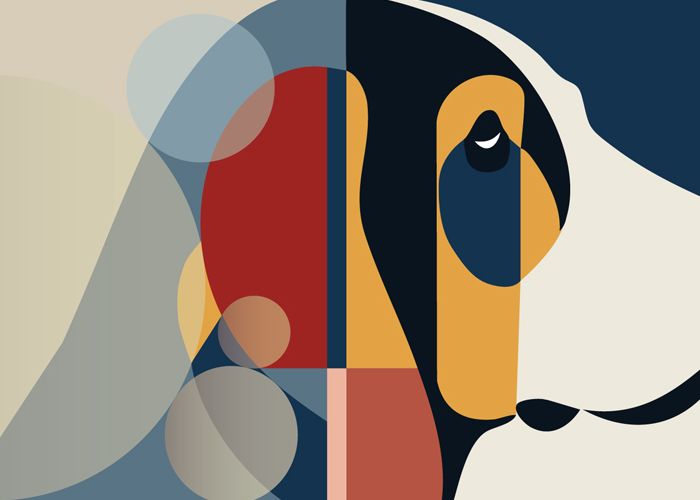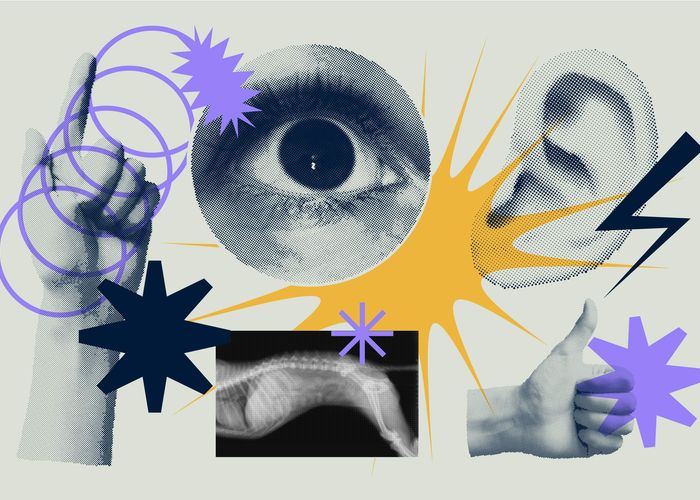

Revolutionize Your Practice: Software Integration with Diagnostic Imaging
Radiology is crucial to veterinary medicine because the technology allows veterinarians to diagnose a wide range of conditions that often are difficult or impossible to detect through physical examination alone. Tools such as radiographs, ultrasounds, CT scans, and MRIs provide noninvasive insight into internal structures, enabling early detection of conditions such as fractures, tumors, and internal diseases. Diagnostic imaging helps veterinarians make accurate diagnoses, develop treatment plans, and monitor recovery, ultimately leading to better patient outcomes and more precise care.
Leveraging advanced software technology to integrate with your imaging modalities can significantly revolutionize your veterinary practice. A seamless connection between software and imaging tools enhances diagnostic accuracy, improves workflow efficiency, and leads to better patient care.
Software Integration Benefits
Integrating software with your imaging modalities benefits your veterinary team, patients, and clients.
Streamlined Workflows and Improved Efficiency
Software integration with diagnostic imaging modalities, such as X-ray systems, ultrasound devices, and CT scanners, streamlines the entire imaging process. Manually uploading, storing, and sharing images can lead to delays and errors. With integration, images are automatically uploaded to a central system, reducing the time spent on administrative tasks, and ensuring that images are instantly accessible. Veterinary teams can then focus more on patient care and less on handling data, reducing bottlenecks and allowing quick decision-making in busy practices.
Enhanced Diagnostic Accuracy
Software solutions paired with imaging tools can enhance diagnostic accuracy and quality. Advanced algorithms help veterinarians analyze images more thoroughly, detect abnormalities, and generate detailed reports faster than manual review. Some software offers AI-driven analysis, which highlights potential areas of concern the naked eye may miss. This can lead to earlier detection of diseases and conditions, allowing for timely interventions and better patient outcomes.
Additionally, integrated software provides the ability to send selected diagnostic images from all imaging modalities to highly-trained radiologists for diagnostic consultation. These consultations can provide key insights into critical medical details that may help inform a treatment plan and improve overall patient care.
Seamless Communication and Collaboration
Integrated imaging software facilitates diagnostic data sharing between team members and external specialists. Digital images and reports can be shared instantly, without the need for physical transfers, allowing specialists to consult on cases in real time. This speeds up the diagnostic process and ensures the patient receives timely and comprehensive care.
Centralized Data Management and Storage
A key advantage of integrating software with imaging modalities is the ability to centralize data management. All diagnostic images, patient records, and reports can be stored in a secure, cloud-based system, which saves physical storage space and enhances patient information organization. Veterinarians can access a patient's complete medical history and imaging records from any device and can approach treatment planning and patient care more holistically.
Improved Client Communication
For pet owners, clear and accessible diagnostic information is crucial for understanding their pet's condition. Integrated software solutions often come with features that allow veterinarians to easily share images, explain findings, and walk pet owners through the diagnosis. By providing visual aids and detailed reports, veterinarians can help clients make informed treatment decisions, enhancing client trust and satisfaction. For example, by integrating your dental system, you can easily view and share dental images with pet parents from your PACS software.
Cost-Effectiveness and ROI
While the initial investment in integrated software and imaging technology may seem significant, the long-term benefits outweigh the costs. By automating image management, reducing errors, and improving workflow efficiency, practices can save time and resources. This leads to increased productivity, allowing the veterinary team to handle more cases without sacrificing quality of care. Additionally, faster, more accurate diagnostics result in better patient outcomes, which enhances the practice's reputation and attracts more clients.
Future-Proofing Your Practice
As the veterinary industry continues to evolve, staying ahead of technological advancements is essential. Practices that invest in software-integrated imaging are future-proofing their operations by ensuring they remain competitive in a technology-driven market. This innovation positions the practice to meet the demands of modern pet care and builds a foundation for adopting future advancements, such as AI-assisted diagnostics or telemedicine.
Tips To Integrate Software With Diagnostic Imaging Modalities
Are you interested in integrating software with your imaging modalities, but wondering where to start? Here are some actionable tips:
- Ask about software integration when shopping for imaging systems.
- Request software integration when your diagnostic equipment is installed.
- Research veterinary software solutions specifically designed for diagnostic imaging.
- Consult an IT professional with veterinary software integration experience. They can help you identify compatible systems, ensure proper installation, and troubleshoot technical issues.
- Call your software support line to ensure they offer integration support. Many companies provide technical assistance, on-site installation, and veterinary team training to ensure smooth integration and functionality.
- See if you can integrate your system through guided screens.
- If you are transitioning from a non-integrated system, ensure your existing patient data and imaging records can migrate into the new software, so you prevent data loss and ensure patient care continuity.
Integrating software with diagnostic imaging modalities is a powerful way for veterinary practices to improve efficiency, diagnostic accuracy, and patient care. By streamlining workflows, enhancing communication, and providing more comprehensive data management, this technology helps practices operate more smoothly while delivering better outcomes for pets and their owners. Embracing this integration will be key to veterinary practices staying competitive and providing top-tier care.







